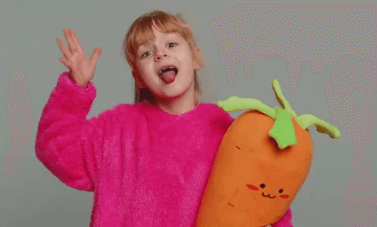Clipart:1cg8a9_Wjoi= Disrespectful

The recent discourse surrounding certain clipart, such as “Clipart:1cg8a9_Wjoi= Disrespectful” raises critical questions about the implications of using disrespectful imagery in visual communication. These images, often stripped of their cultural significance, can perpetuate stereotypes and misrepresent diverse communities. As creators and consumers navigate this complex landscape, it becomes increasingly important to consider the underlying messages conveyed through visual elements. What are the potential repercussions of ignoring these sensitivities, and how can we foster a more inclusive approach to graphic representation? The answers may challenge our current practices and perceptions.
Understanding Clipart:1cg8a9_Wjoi= Disrespectful Controversies
In the realm of digital design, a significant number of controversies surrounding Clipart:1cg8a9_Wjoi= Disrespectful arise from its perceived lack of originality and depth.
Rooted in a complex clipart history, its overuse often undermines effective visual communication. Critics argue that reliance on generic images stifles creativity, reducing artistic expression to mere convenience, ultimately detracting from the potential for authentic connections in the ever-evolving landscape of visual storytelling.
Read More Clipart:1ahmwjai39k= Sweating
Cultural Sensitivities in Visuals
Cultural sensitivities in visuals play a crucial role in shaping how audiences interpret and connect with imagery.
Thoughtful visual representation acknowledges diverse cultural narratives, fostering respect and understanding. In contrast, cultural appropriation undermines these values, reducing rich traditions to mere aesthetics.

The Impact of Disrespectful Imagery Clipart:1cg8a9_Wjoi= Disrespectful
Disrespecting cultural symbols through imagery can have profound ramifications, igniting outrage and perpetuating stereotypes.
Such visual representation not only distorts the essence of a culture but also influences societal perceptions, fostering division rather than understanding.
The implications extend beyond individual reactions, shaping community attitudes and reinforcing harmful narratives that hinder progress toward inclusivity and respect, ultimately affecting the fabric of our diverse society.
Choosing Respectful Clipart:1cg8a9_Wjoi= Disrespectful Alternatives
Imagery holds the power to shape perceptions and foster connections, making the choice of clipart a significant responsibility for creators and communicators alike.
Opting for respectful representation is crucial; it acknowledges diverse experiences and perspectives.
Explore alternative resources such as inclusive design libraries or platforms promoting ethical imagery.
Read More Clipart:1cckh8oiuqs= Park
Conclusion
In the tapestry of visual communication, the threads of respect and understanding must weave through every image. Clipart:1cg8a9_Wjoi= Disrespectful, like a discordant note in a symphony, disrupts cultural harmony and amplifies division. Choosing alternatives that honor diverse narratives cultivates a garden of inclusivity, where every symbol blooms with authenticity and dignity. Thus, the power of visuals lies not in mere aesthetics, but in their ability to bridge gaps, fostering connections that resonate across the spectrum of human experience.






